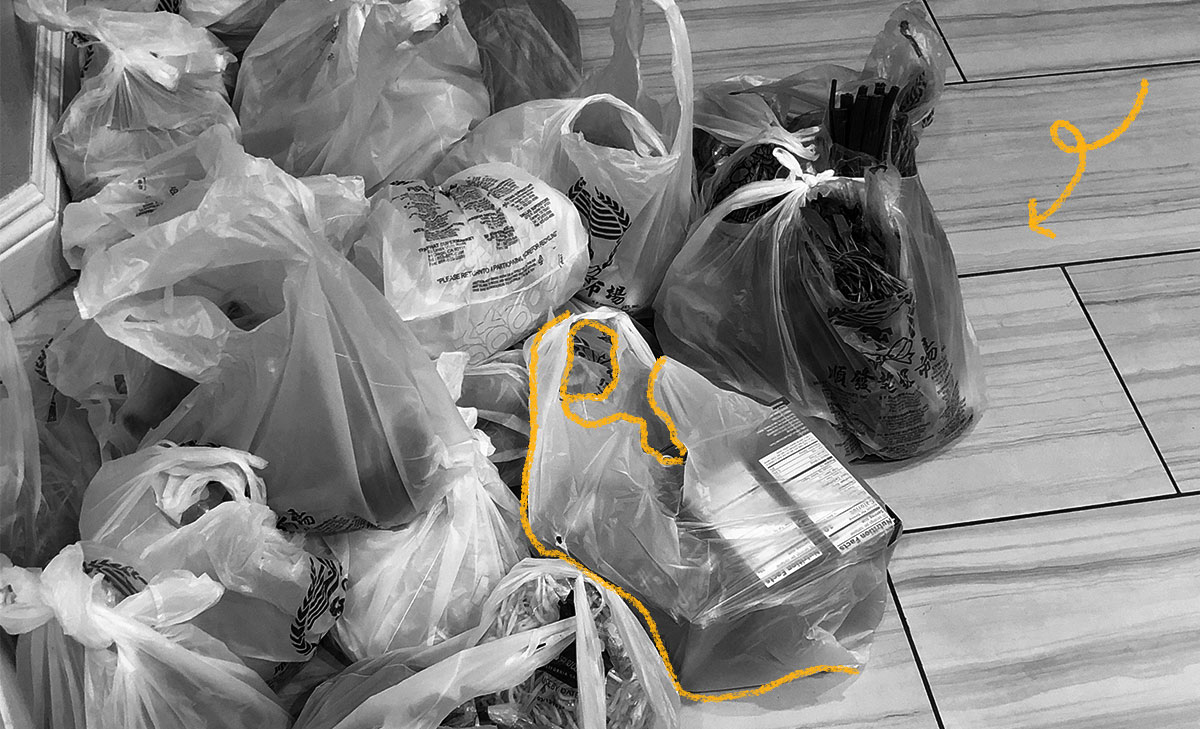One-piece polyethylene shopping bags – the plastic bags that are so ubiquitous today – were created in 1965 by a Swedish company called Celloplast and designed by an engineer named Sten Gustaf Thulin. They quickly caught on in Europe. Then in 1979, plastic bags were introduced to America. In 1982, American grocery giants Kroger and Safeway switched to plastic bags. By the end of the 1980s, plastic bags had almost completely replaced paper bags around the world. Then in 1997, sailor and researcher Charles Moore discovered the Great Pacific Garbage Patch. However, plastic bag use continued; in 2011, one million plastic bags were being consumed every minute worldwide. Countries began to ban the use of plastic bags. Bangladesh was the first to do so in 2002 and in 2017, Kenya became one of the more recent countries ban plastic bags. Today, plastic bags and the threat they pose to animal life, marine life, and the environment is a prominent topic. Companies and governments around the world continue to announce new pledges to address plastic bags and other plastic waste.

Your go-to guide for weird history facts
Subscribe to the FREE daily email that makes learning about history fun.


